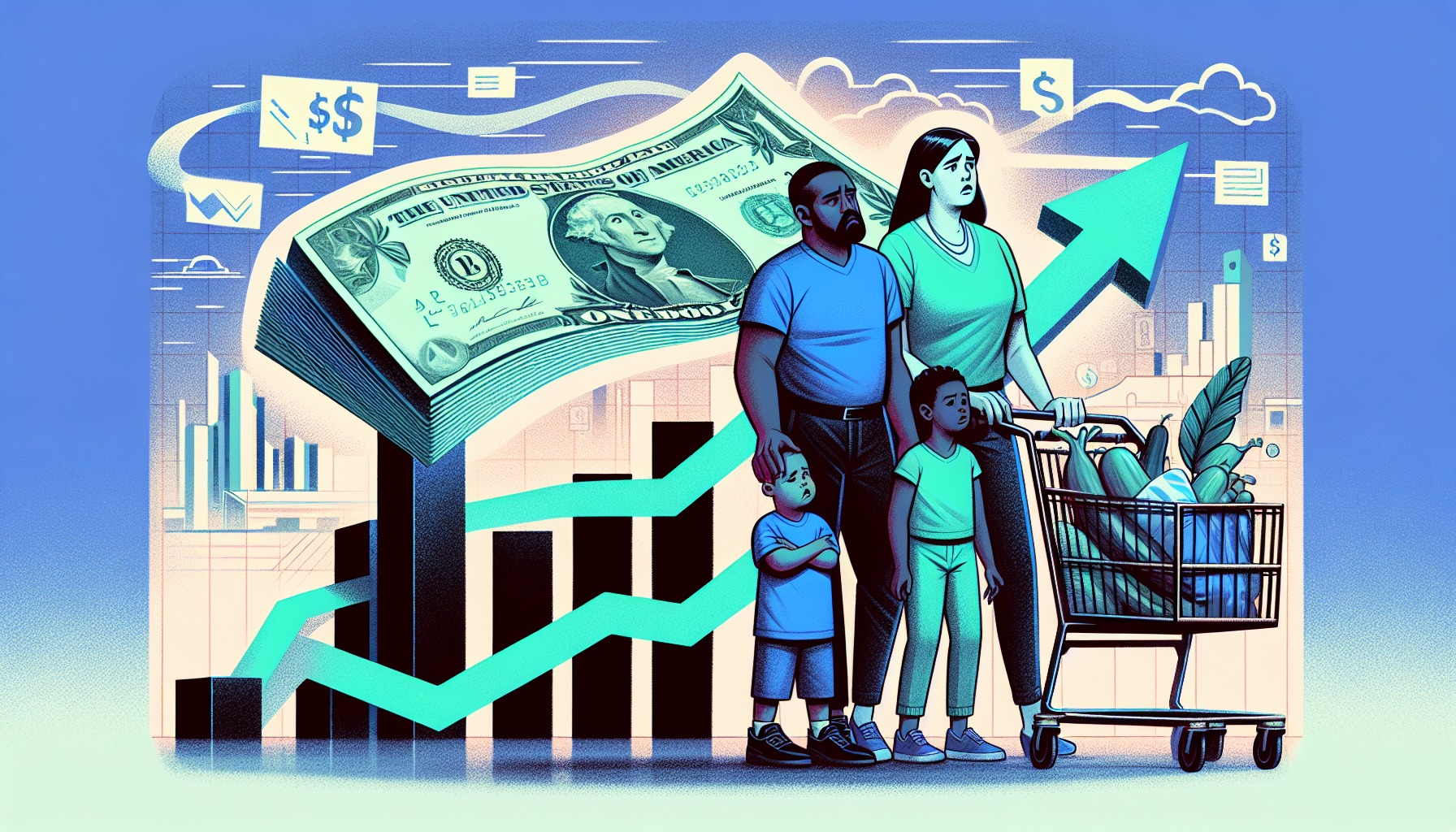
tl;dr
As inflation remains a critical challenge for American households and policymakers, new forecasts suggest prices will rise through 2025 before a potential slowdown in 2026. Key factors include lingering Trump-era tariffs, Federal Reserve policies, and persistent wage gaps, with CPI projected to hit ...
Inflation remains a pressing concern for American households and policymakers alike, with economists forecasting a continued rise in prices through the end of 2025 before a potential slowdown in 2026. The latest data highlights a complex interplay of factors, including the lingering effects of President Donald Trump’s tariffs, which have increasingly been passed on to consumers, and the Federal Reserve’s balancing act between stabilizing prices and maintaining employment.
The Consumer Price Index (CPI), a key measure of inflation, is expected to climb to 3% year-over-year in the fourth quarter, according to a survey by the Federal Reserve Bank of Philadelphia. This would mark the highest annual inflation rate since May 2024, slightly up from August’s 2.9%. Meanwhile, the Personal Consumption Expenditures (PCE) index, often viewed as a more comprehensive gauge, rose to 2.7% in August, with its "core" version—excluding food and energy—holding steady at 2.9%. These figures underscore a persistent challenge for households, as the cost of everyday goods continues to outpace wage growth for many Americans.
A significant driver of this trend is the ongoing impact of tariffs imposed under Trump’s administration. Companies have increasingly shifted the burden of these import taxes onto consumers, with the Yale Budget Lab reporting that 70% of tariff costs were passed on to buyers as of June. While some firms delayed price hikes earlier in the year, analysts warn that further inflationary pressure is likely as these measures take full effect. The variation in tariff rates across countries and industries adds another layer of complexity, making it difficult to predict exact outcomes.
Despite the current upward trajectory, some economists argue that this surge may be temporary. Goldman Sachs, for instance, forecasts PCE inflation to reach 3.2% by December, the highest since August 2023, but expects a decline in 2026 as the immediate effects of tariffs wane. This optimism contrasts with the broader inflation trends of the past few years, which saw a sharp spike in 2022 followed by a gradual decline. However, recent data shows that while some categories like rent have softened, import prices have risen, complicating the Fed’s efforts to manage inflation.
The Federal Reserve’s recent decision to cut its benchmark interest rate for the first time in 2025 has introduced new uncertainties. While the move was framed as a response to a weakening labor market, rising inflation could limit further rate cuts, creating tension between the central bank’s dual mandate of fostering employment and price stability. Fed officials have emphasized the need to monitor inflation closely, with some cautioning that aggressive rate reductions might risk reigniting price pressures.
For individual investors and consumers, the implications are clear: household budgets face ongoing strain, particularly for essentials like groceries and energy. While average wages have kept pace with inflation in some sectors, disparities persist, leaving many families struggling to cover basic expenses. As the year draws to a close, the interplay between tariffs, monetary policy, and global supply chains will remain a focal point for economic observers.
The coming months will test the resilience of both the economy and its institutions, as experts and policymakers navigate the delicate balance between curbing inflation and supporting growth. For now, the path forward remains uncertain, but the signals from markets and data suggest that the battle against rising prices is far from over.